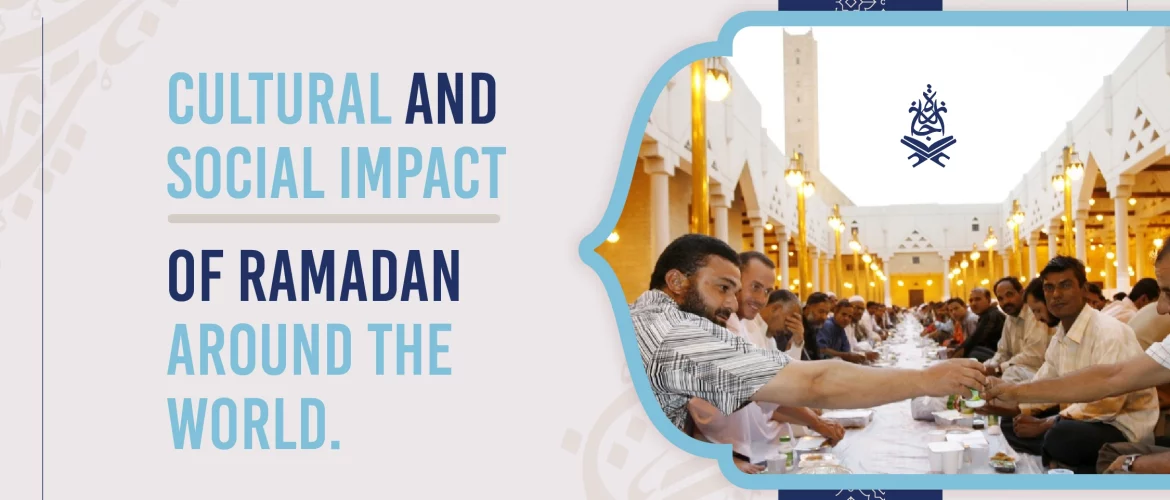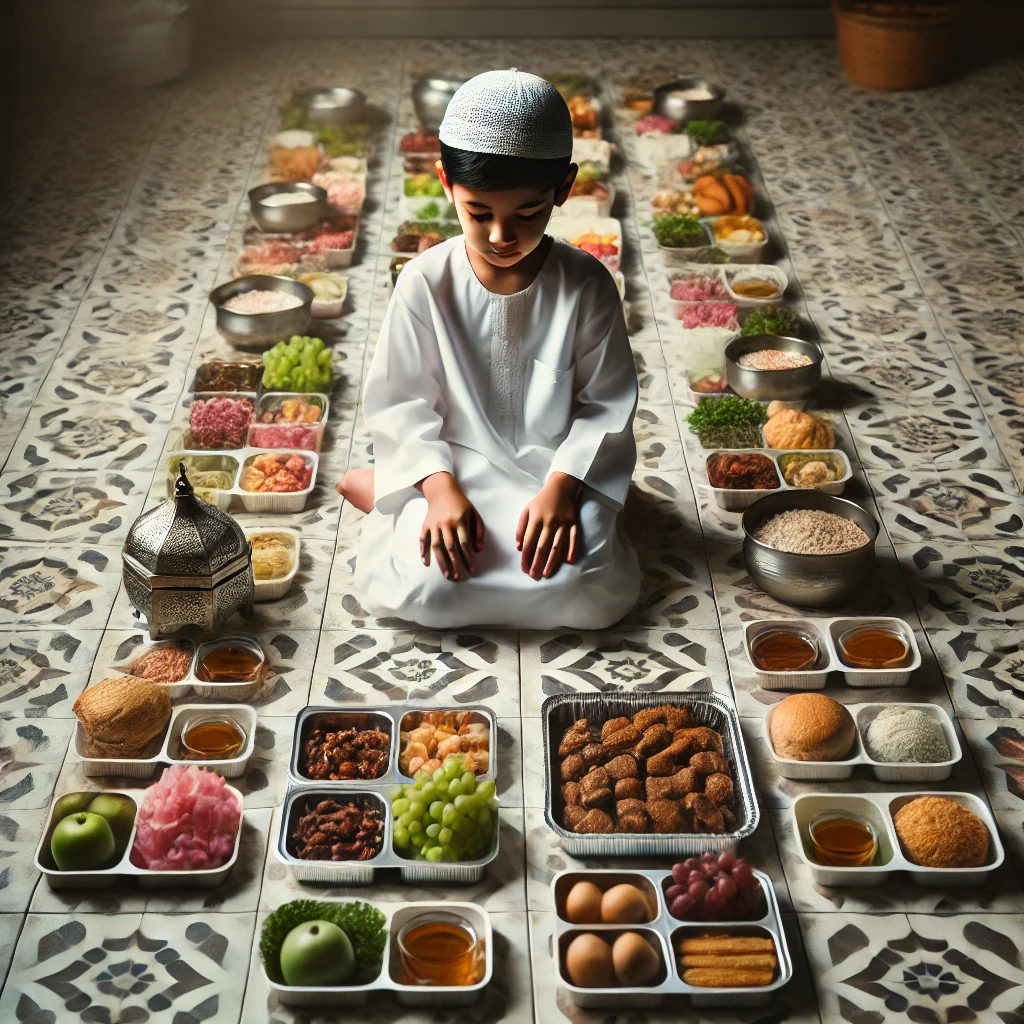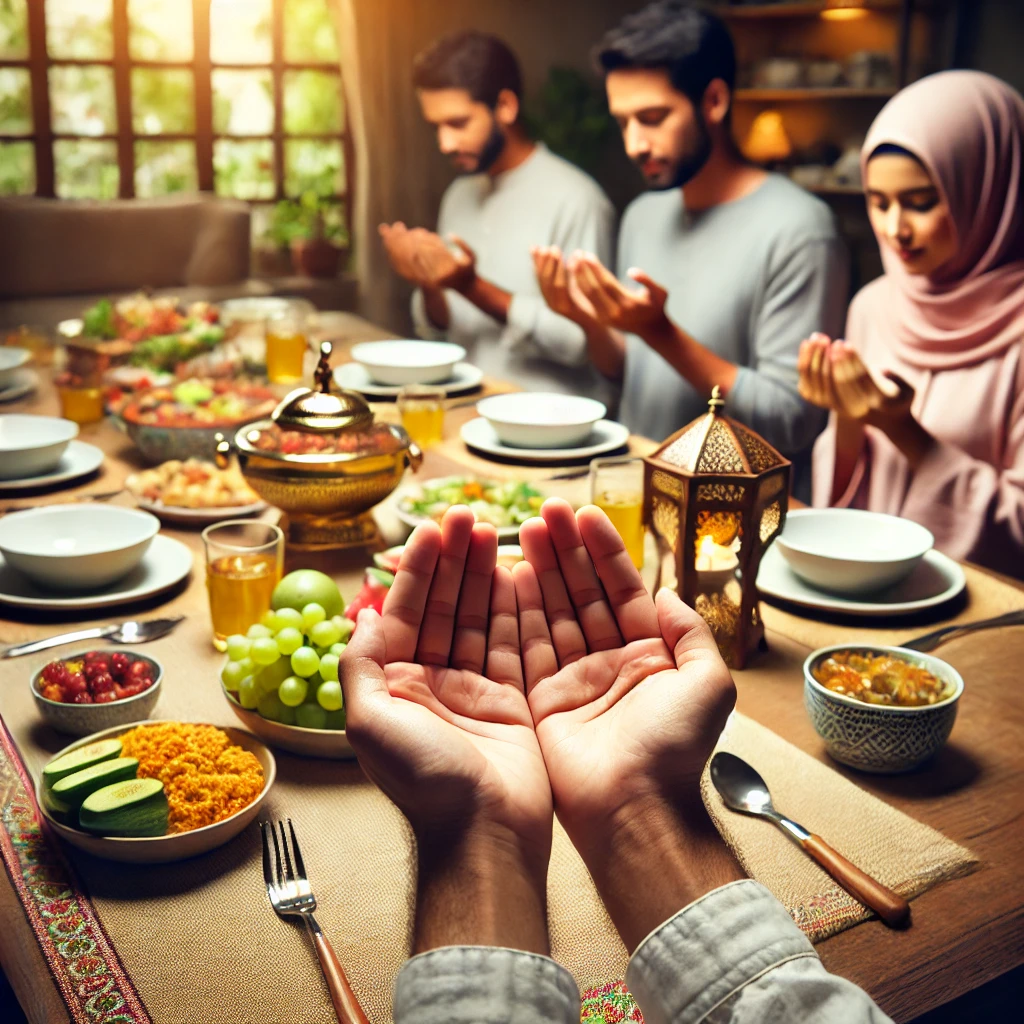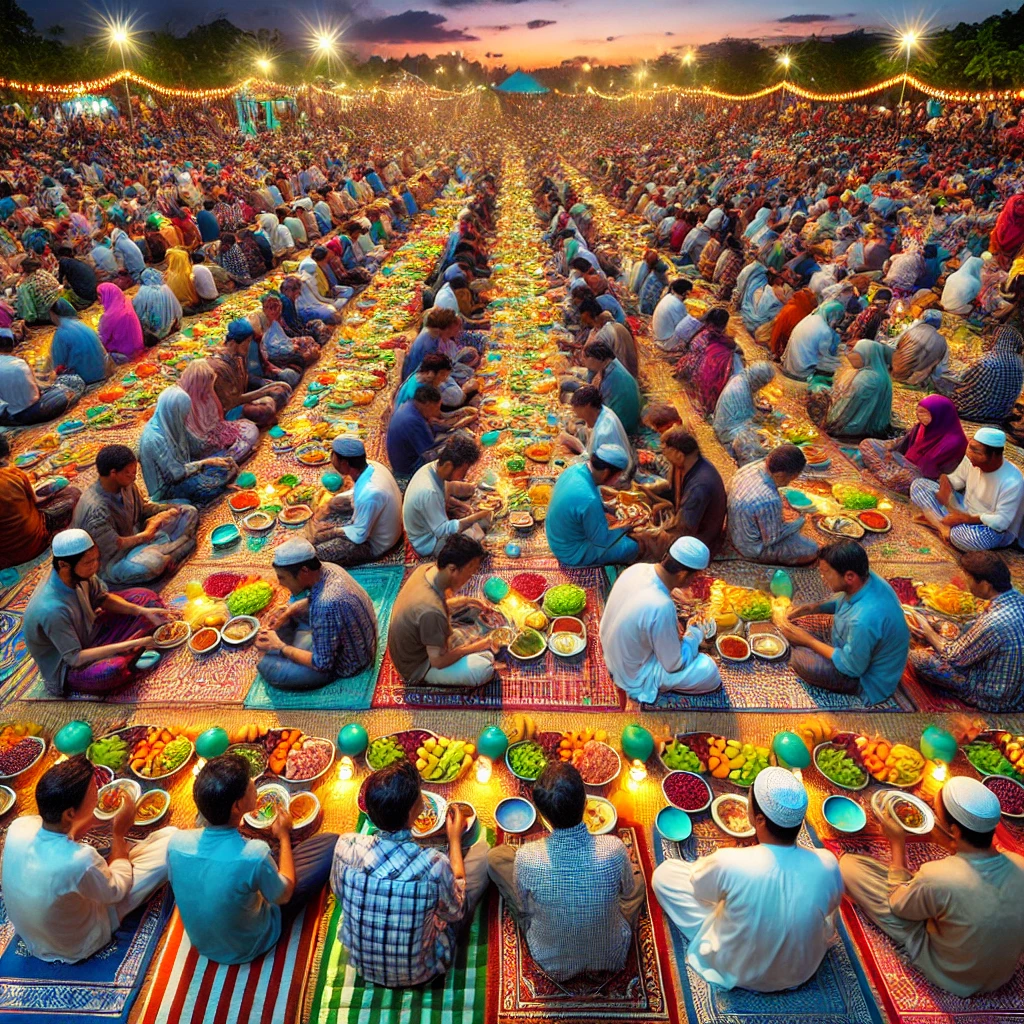Blog
Cultural and Social Impact of Ramadan and Fasting around the world

Ramadan is the ninth month of the Islamic calendar and is considered the holiest month for Muslims. During this time, Muslims all around the world observe fast from sunrise to sunset. Fasting is one of the five pillars of Islam, which is mandatory for every adult Muslim. The cultural and social impact of Ramadan is profound, not only on the Muslim community but also on the non-Muslim population. In this blog post, we will explore the cultural and social impact of Ramadan around the world.
1. Cultural Impact

Ramadan has a significant cultural impact on Muslim communities worldwide. It is a time of spiritual reflection, prayer, and charitable acts. Muslims fast during the day, refraining from food and drink, smoking, and other worldly pleasures. They break their fast at sunset with a meal called Iftar, which is often a time for family and community gatherings.
A. Food and Drink Culture
One of the significant cultural impacts of Ramadan is the food and drink culture. During the month of Ramadan, Muslims prepare special meals and sweets for Iftar and Suhoor. In many countries, it is customary for families to gather and share meals during Ramadan. Some countries even have special dishes that are only prepared during Ramadan.
B. Language and Literature
Ramadan has had a significant impact on the Arabic language and literature. Many of the Islamic holy books were written during Ramadan, and it is also a time when Muslims focus on the recitation and memorization of the Quran. This emphasis on language and literature has contributed to the preservation and development of the Arabic language and literature.
C. Clothing and Fashion
Ramadan has also influenced the clothing and fashion industry. Many Muslim women wear traditional clothing, such as the hijab, during Ramadan. In some countries, traditional clothing is worn during Iftar and other religious events. The influence of Ramadan on fashion has also led to the creation of special Ramadan collections by designers.
2. Social Impact

Ramadan has a significant social impact on Muslim communities and society at large. It is a time when Muslims come together and strengthen their bonds of brotherhood and sisterhood. It is also a time for giving and charitable acts.
A. Community and Social Cohesion
Ramadan is a time when communities come together to break their fast and share meals. It is a time when families and friends gather to pray and perform religious rituals. Social cohesion and community spirit during Ramadan have a significant impact on Muslim societies and contribute to social stability and cohesion.
B. Charitable Acts
Ramadan is also a time for charitable acts. Muslims are encouraged to give to the poor and needy during Ramadan. Many Muslim organizations and charities launch campaigns during Ramadan to raise funds for charitable causes. The focus on charitable acts during Ramadan has a positive impact on society and helps to alleviate poverty and suffering.
C. Interfaith Relations
Ramadan also has a positive impact on interfaith relations. Many non-Muslims are invited to Iftar meals during Ramadan, which promotes interfaith dialogue and understanding. The sharing of meals and experiences during Ramadan helps to break down barriers and promote unity and understanding.
Cultural and Social Impact of Ramadan around the World | Conclusion
Ramadan is a time of spiritual reflection, prayer, and charitable acts for Muslims worldwide. Its cultural and social impact is significant, not only on the Muslim community but also on society at large. Ramadan promotes social cohesion, community spirit, and interfaith relations. It is a time when Muslims come together to break their fast and share meals and give to the poor and needy. The cultural impact of Ramadan on food, language, and fashion has contributed to the preservation and development of the Arabic language and culture. Ramadan’s social impact is a testament to the positive role religion can play in society.
Global Observations of Ramadan’s Impact
While Ramadan’s cultural and social significance is deeply rooted in Islamic traditions, its influence extends beyond Muslim-majority countries. In many parts of the world, including regions with minority Muslim populations, the impact of Ramadan can be felt in various ways:
1. Economic Impact

- Increased Demand for Goods and Services: Ramadan often leads to a surge in demand for specific food items, clothing, and decorations. Markets and businesses cater to this increased demand by offering special Ramadan promotions and late-night shopping hours.
- Charitable Contributions: Many organizations leverage the spirit of generosity during Ramadan to run impactful charity drives, which significantly boost the economy of the underprivileged sector.
2. Fostering Unity in Diversity
- Shared Experiences: Events like interfaith Iftar dinners have become common in multicultural societies, fostering mutual respect and understanding among people of different faiths.
- Educational Opportunities: Ramadan provides an opportunity for non-Muslims to learn more about Islamic practices and culture, often sparking dialogues about shared values and traditions.
3. Impact on Work and Productivity
- Workplace Adjustments: In Muslim-majority countries, work hours are often adjusted to accommodate fasting schedules. Employers in diverse settings also make accommodations, promoting inclusivity and respect for religious practices.
- Focus on Well-Being: The emphasis on self-discipline and moderation during Ramadan often encourages healthier lifestyle choices, including reduced consumption of harmful substances and increased mindfulness.
Ramadan’s Role in Preserving Heritage and Building Bridges and Social Impact
Ramadan not only strengthens the bond among Muslims but also acts as a cultural bridge between communities. The customs, rituals, and traditions associated with Ramadan contribute to preserving cultural heritage and fostering a global sense of interconnectedness.
The Role of Media and Technology
In recent years, media and technology have played a pivotal role in amplifying the cultural and social impact of Ramadan. Social media platforms are flooded with Ramadan-themed content, from cooking tutorials and charity campaigns to live-streamed prayers and Quran recitations. These digital interactions help Muslims stay connected with their faith and community, regardless of their geographic location.
Conclusion: Ramadan’s Universal Message
Ramadan is not just a religious observance; it is a celebration of faith, culture, and community. It serves as a powerful reminder of the importance of empathy, generosity, and unity. While its rituals are deeply rooted in Islamic teachings, the values it embodies resonate universally, promoting harmony and understanding in a diverse world.
As Ramadan continues to be observed across the globe, its cultural and social impact will remain a testament to the enduring power of faith to inspire positive change and bring people together. Whether through shared meals, acts of charity, or moments of reflection, Ramadan’s influence extends far beyond its 30 days, leaving a lasting impression on individuals and societies alike.
